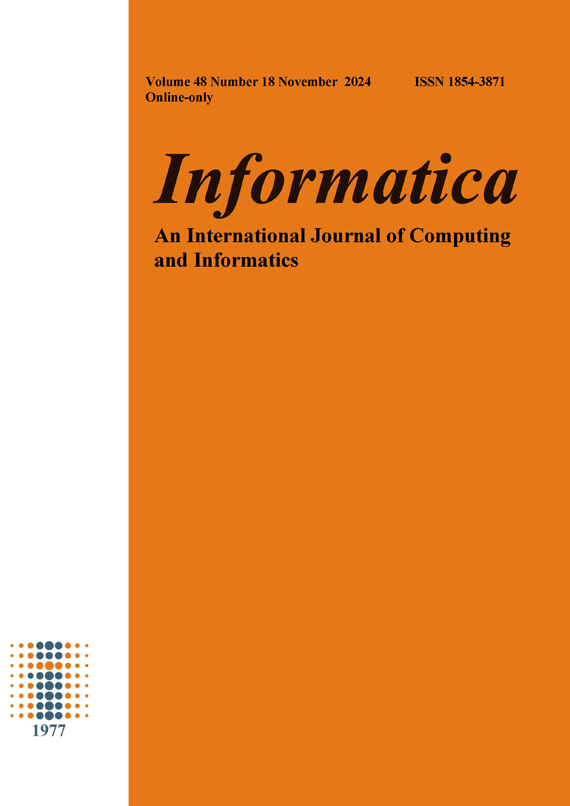A Secure LOADng Routing Protocol Scheme based on Fuzzy Logic
DOI:
https://doi.org/10.31449/inf.v48i18.6131Abstract
The Lightweight On-demand Ad hoc Distance-vector Routing Protocol - Next Generation (LOADng) has played a pivotal role in shaping the landscape of the Internet of Things (IoT) and associated standards. It enables sophisticated communication among compact, intelligent, and embedded networking devices. LOADng focuses primarily on establishing secure connections between interconnected objects, ensuring reliable and protected communication. This study presents an innovative methodology that utilizes fuzzy logic to identify hello flood attacks directed at the LOADng routing protocol. The effectiveness of this proposed approach was evaluated using the Cooja simulator on the Contiki operating system, with the findings indicating that the fuzzy-based method successfully detects hello flood attacks on the LOADng protocol.Downloads
Published
Issue
Section
License
I assign to Informatica, An International Journal of Computing and Informatics ("Journal") the copyright in the manuscript identified above and any additional material (figures, tables, illustrations, software or other information intended for publication) submitted as part of or as a supplement to the manuscript ("Paper") in all forms and media throughout the world, in all languages, for the full term of copyright, effective when and if the article is accepted for publication. This transfer includes the right to reproduce and/or to distribute the Paper to other journals or digital libraries in electronic and online forms and systems.
I understand that I retain the rights to use the pre-prints, off-prints, accepted manuscript and published journal Paper for personal use, scholarly purposes and internal institutional use.
In certain cases, I can ask for retaining the publishing rights of the Paper. The Journal can permit or deny the request for publishing rights, to which I fully agree.
I declare that the submitted Paper is original, has been written by the stated authors and has not been published elsewhere nor is currently being considered for publication by any other journal and will not be submitted for such review while under review by this Journal. The Paper contains no material that violates proprietary rights of any other person or entity. I have obtained written permission from copyright owners for any excerpts from copyrighted works that are included and have credited the sources in my article. I have informed the co-author(s) of the terms of this publishing agreement.
Copyright © Slovenian Society Informatika








